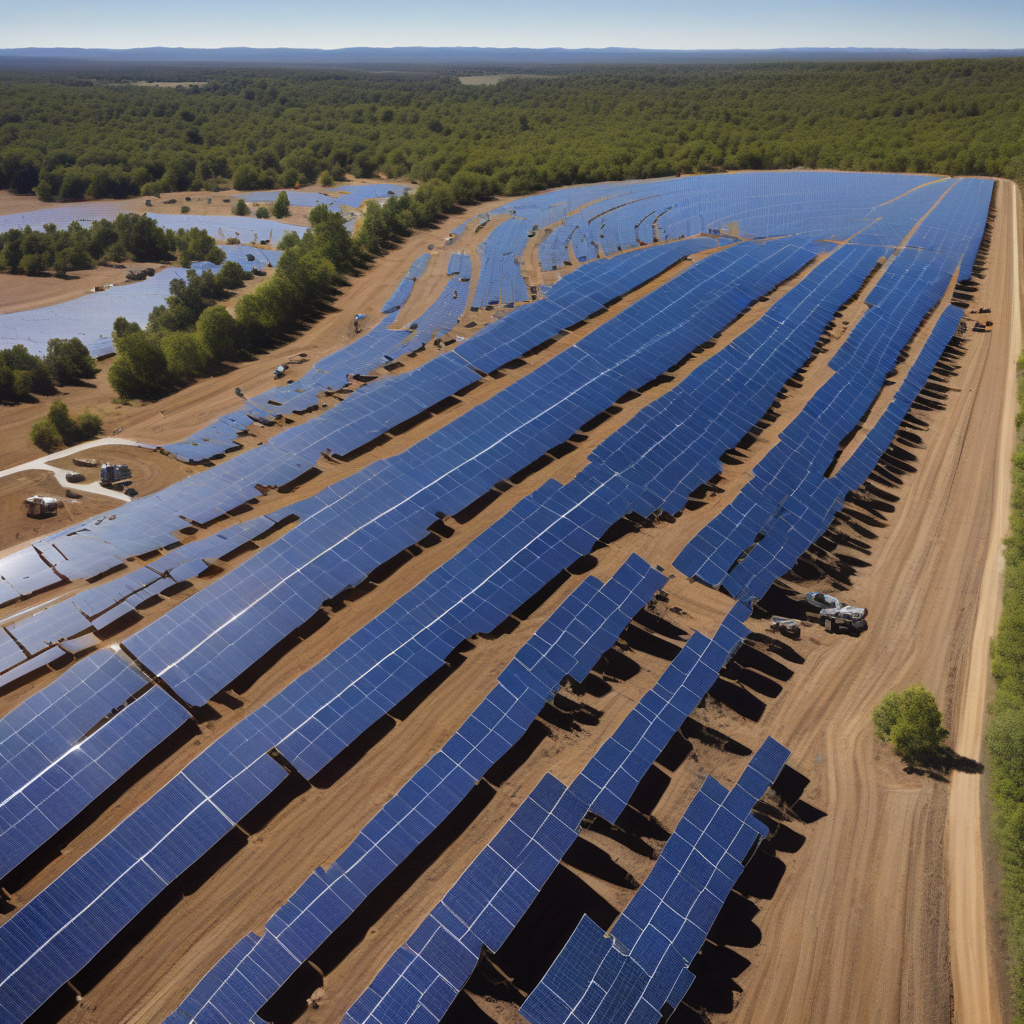In the realm of renewable energy, the United States is experiencing a remarkable solar boom. Utility-scale solar generation has surged by over 30%, showcasing a significant stride towards a greener future. This impressive growth underscores the increasing adoption of solar power as a key player in the country’s energy landscape.
The rise in utility-scale solar generation is undoubtedly a positive development, reflecting a growing commitment to clean energy sources. This surge not only contributes to reducing carbon emissions but also enhances energy security and resilience. The scalability and efficiency of solar power make it a compelling choice for meeting the escalating energy demands of a modern society.
However, amidst this promising trend, there looms a concern – the escalating power consumption in the United States. The rising power use poses a counterbalance to the gains made by the solar boom. While the increase in utility-scale solar generation is a step in the right direction, it must be met with a concerted effort to curb the escalating power consumption to truly make a substantial impact on the environment.
Future uncertainties also play a role in shaping the dynamics of the US energy landscape. The interplay between the growth of utility-scale solar generation and the escalating power use underscores the need for a comprehensive and sustainable energy strategy. As the demand for energy continues to rise, it becomes imperative to strike a balance between renewable energy adoption and energy efficiency measures.
To navigate these challenges and uncertainties, policymakers, energy experts, and industry stakeholders must collaborate to chart a path towards a more sustainable energy future. This collaboration should focus on leveraging the potential of solar power while implementing measures to optimize energy use and promote energy conservation.
One approach to addressing the rising power consumption is through the integration of smart technologies and energy management systems. By harnessing the power of data analytics and automation, businesses and households can optimize their energy usage, reduce waste, and enhance overall energy efficiency. This proactive approach not only helps in mitigating the impact of rising power use but also contributes to cost savings and environmental preservation.
The US solar boom presents a significant opportunity to transition towards a cleaner and more sustainable energy future. By capitalizing on the momentum of utility-scale solar generation and addressing the challenges posed by rising power consumption, the country can pave the way for a more resilient and environmentally conscious energy sector.
In conclusion, while the US solar boom signifies a positive trend towards renewable energy adoption, it is crucial to acknowledge and tackle the issue of escalating power use. By striking a balance between solar generation growth and energy efficiency measures, the United States can steer towards a more sustainable and greener energy future, setting a precedent for other nations to follow suit.
—
Keywords: US solar boom, utility-scale solar generation, rising power use, renewable energy, energy efficiency, sustainability, smart technologies, energy management, energy consumption, environmental impact.

